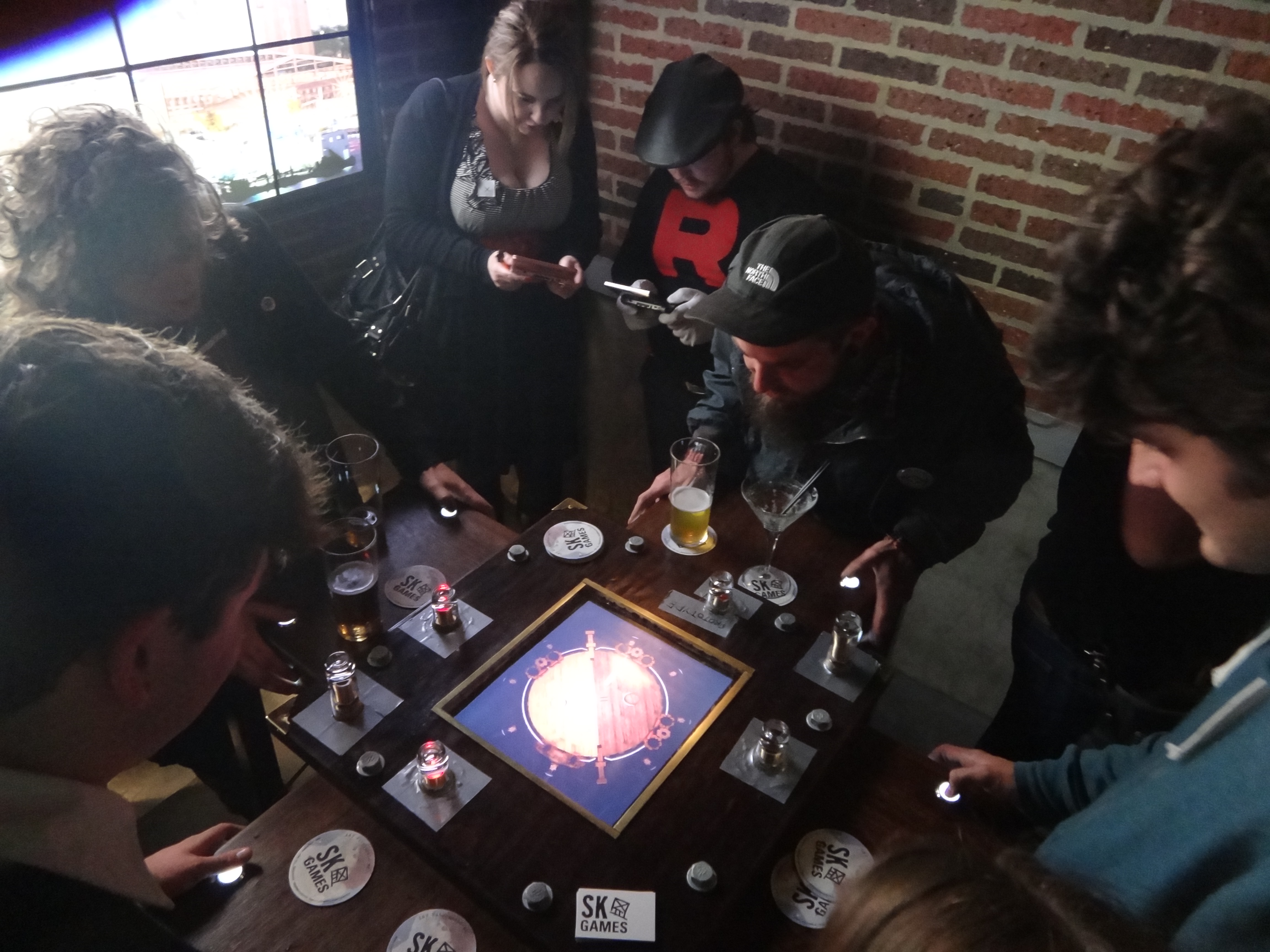Results and findings from over a decade of experimenting with games in public spaces. Enjoy!
The ratio of games to space.

Hypothesis: An ideal ratio exists between the space taken up by games and remaining space in an exhibition or event.
Testing spaces: Gallery/bar, Warehouse parties, Expos, Festivals, Pop ups.
Aim: To find the benefits and drawbacks of a high and low ratio to determine ideals for specific outcomes.
Results: A high ratio of games to space works well when the event is part of a bigger space. This can be a booth at an expo, an installation at a festival or an exhibition within a bigger arts venue. There are many practical advantages of a dense exhibition, such as it being simpler to set up and maintain, as well as the amount of games able to be displayed. This also allows players to assess the entirety of the exhibition quickly and easily, which may be beneficial in high traffic areas like expos or festivals.
The drawbacks of a high ratio are really dependent on the tone you’re trying to achieve. High ratio areas are very intimidating to non-players and convey a more arcade-ish feel, which comes with its own set of benefits and drawbacks. They can feel low-brow and consumer-oriented, framing the works as items to buy instead of art to experience. Again, this could be a benefit, it depends on the intention of the space.
Low ratios are great for immersive spaces and extended visitor sessions. They create a space that is comfortable to linger and observe. In this scenario the works can either be on large displays (for multiplayer or visually stunning works) or in hidden nooks and alcoves (for more intimate experiences). As this ratio is best suited to events targeted at a larger audience, the playing positions should be kept out of the spotlight to allow non-games literate players to feel comfortable experimenting.
The drawbacks of low ratios depend on the space and its existing features. If the space is a cool bar, a low ratio is easy as the venue is already decorated and comfortable. If the space is an empty warehouse, a low ratio requires a lot of set dressing, seating, set up and packdown. The other drawback is engagement with the works can be lower, with many attendees not playing anything. However this brings me to my next finding;
Zero ratios are a third option, or continuing the exhibition into areas that don’t include games or interactive works. This could be a room of non-interactive projections, or just a smokers area outside. The practical benefit of these spaces can be increased capacity for the event, or just a more varied flow for the exhibition. From a social and cultural point of view, these spaces allow for social communication in proximity to games, encouraging visitors to explore how they felt during the exhibition. This may seem small, but it’s hugely impactful on the overall experience and beneficial for the medium as a whole.
Conclusion: A games event does not need a high ratio of games to space or even interactive pieces at all. However, for a high impact show you can get the ratio up to 1:6 (works:m^2), and for a more relaxed exhibition I would at the most use a ratio of 1:12. Consider also the line of sight around the space as well as thoroughfares and linger spaces.